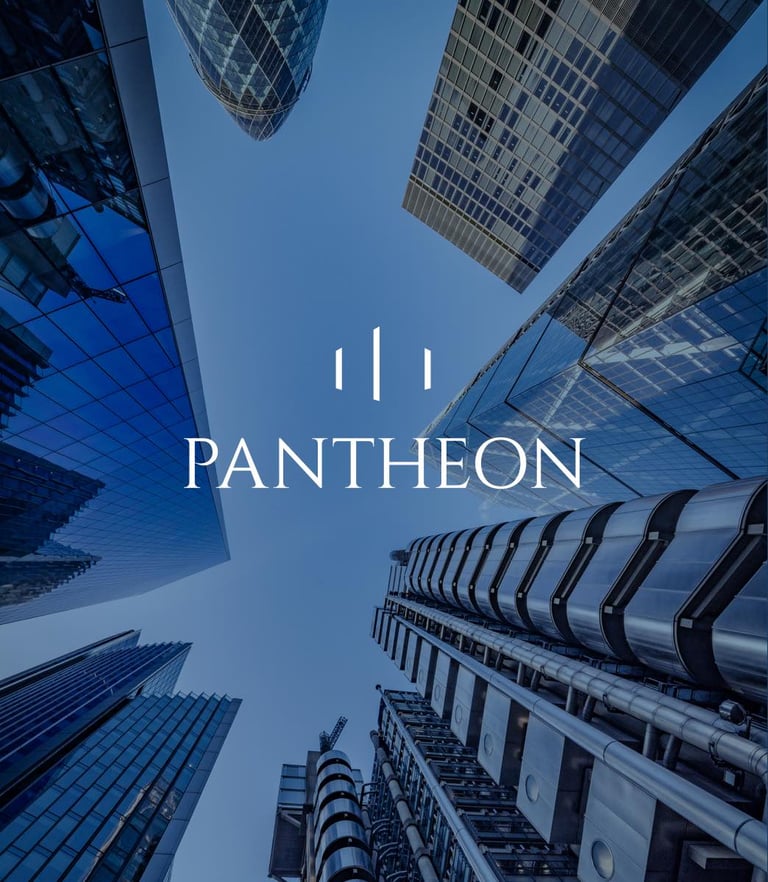Pantheon International plc (LON:PIN) is the topic of conversation when Hardman and Co’s Analyst Mark Thomas caught up with DirectorsTalk for an exclusive interview.
Q1: Your recent report sits behind a disclaimer. What can you tell us about that?
A1: It is just the standard disclaimer that many investment companies have. In essence, for regulatory reasons, there are some countries (like the US) where the report should not be read. In the UK, private equity (PE) is seen as a complex investment, and the report is targeted at professional/qualified investors.
Q2: So, you called your note on Pantheon International ‘Exceptional companies, long–term outperformance’, what can you tell us about it?
A2: The November 2022 factsheet had given some key information on the interim results, including the NAV (469.5p), NAV return (4%), net cash generation (£34m), distributions (£111.5m), calls (£77.5m), period-end cash (£52m) and commitments (£848m, including £303m new commitments).
The 1H results detailed announcement at the end of February showed that i) uplifts on exits were 33%, slightly above the FY’12-22 average, ii) exits were at an average 3.1x multiple to cost, iii) 54% of the portfolio is invested directly in companies, iv) average revenue and EBITDA growth of 23.0% and 10.6%, respectively, were well ahead of benchmarks, and v) the EV/EBITDA multiple was 17.3x. We note that the PEG is 1.6x, around a fifth of the benchmark.
Q3: So what more can you tell us about their exceptional companies?
A3: The key to understanding the company’s performance is appreciating the underlying portfolio company investments. We included some charts in our note, which show PIN’s buyout sample’s revenue and EBITDA growth against the MSCI World Index. This summarises how exceptional these companies are.
Over the past 10 years, on average, revenue growth has been ca.15.1% ahead of the benchmark and EBITDA growth 13.4% ahead (1H’23 14.0% and 8.6%, respectively). PIN’s investee companies have, on average, delivered 6.1x the annual EBITDA growth of the benchmark.
Investors should also bear in mind the compounding benefit from the higher growth. Taking the average life of a PIN holding (4.8 years), compounding EBITDA at PIN’s average growth rate would see EBITDA more than double. Compounding at the benchmark rate would see the EBITDA rise by just 13%. With earnings growth being a key driver to valuation, it is unsurprising that PIN’s NAV would outperform.
Q4: Your note has an interesting section on how the NAV outperforms through the cycle? Can you say some more about that?
A4: The fact that PIN has outperformed over each of one, three and five years, and since inception, shows the delivery of long-term value, but is also indicative of the resilience of the performance through varying economic conditions.
Multiple academic bits of research confirm that PE actually adds more value in downturns with its access to committed capital, strategic optionality, the significant operational and strategic expertise that PE managers can provide to help investee companies continue their growth plans, the clear manager alignment, and defensive positioning by sectors.
PIN incrementally adds further value with its prudently managed balance sheet; stress tests, manager due diligence and selection, a focus on high-growth and resilient sectors, such as IT and Healthcare and, in particular, early-stage ventures, which have seen the greatest listed market volatility, account for only 3% of PIN’s portfolio.
Q5: You also expressed confidence that the current NAV was realistic. What gives you that confidence?
A5: The key factor is that, on exit, when material due diligence is triggered, the buyers are willing to pay a premium to the value at which the investment is recognised in Pantheon International’s books.
While, in some cases, there may be an element of deal synergies, the long-run average uplift is 31% (1HFY’23: 33%), which gives us confidence that the underlying valuation approach is conservative.
Other factors we have discussed in previous notes include a i) conservative corporate culture, ii) there is no incentive for the GPs to over-inflate valuations, iii) the valuation multiples, and resulting PEG ratios are relatively low, bearing in mind the sector mix and companies showing similar, iv) sustained EBITDA growth and v) the internal and external verification processes at both the GP and PIN.





































